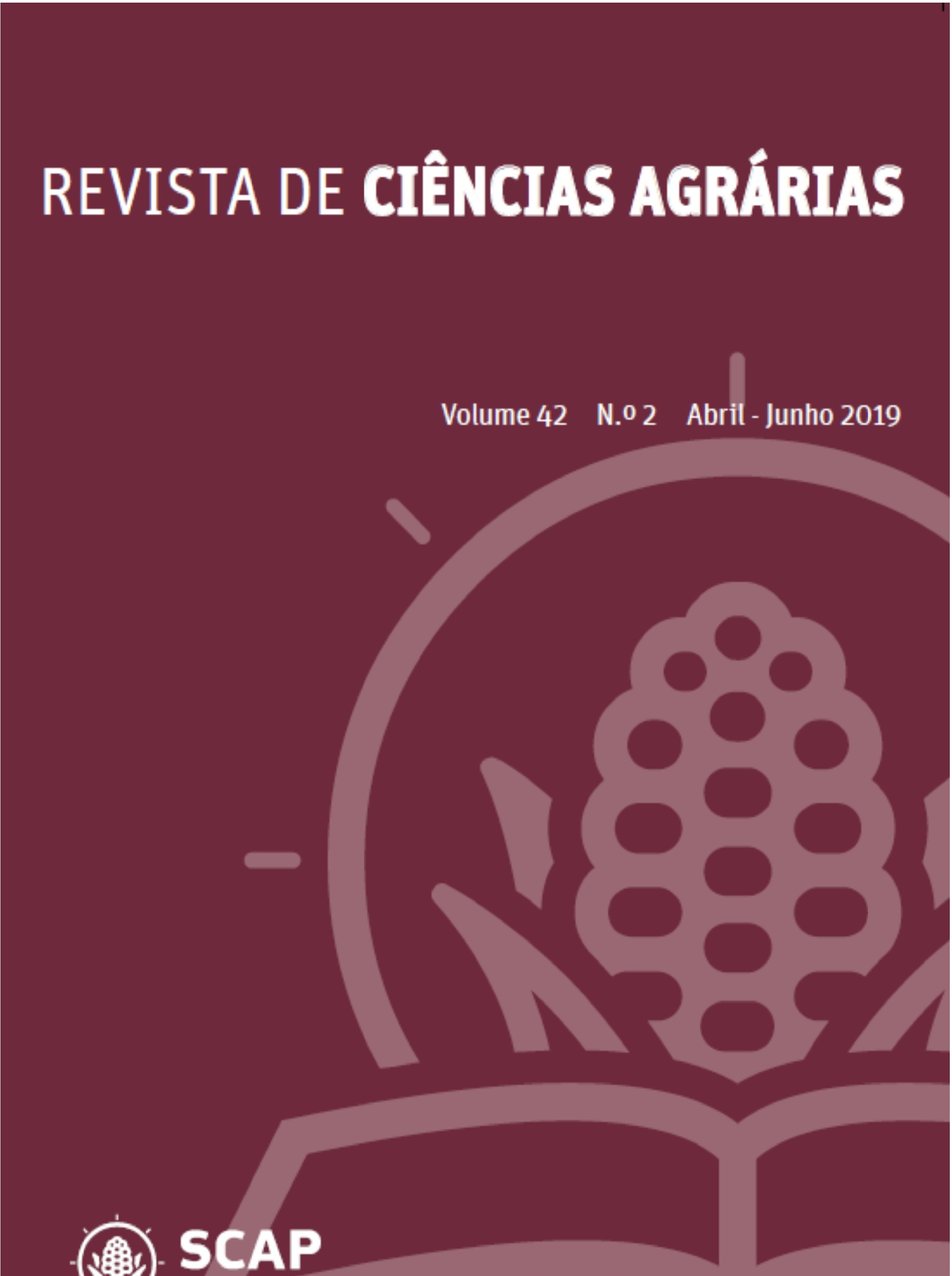Evaluation of uncooked baru almonds stored in different packages
DOI:
https://doi.org/10.19084/rca.17173Abstract
The almond of baru (Dipteryx alata Vog.) is an important source of nutrients and a culinary alternative for making healthy dishes and diets. Its use and archiving for conservation of the Cerrado biome, but a failure of studies and practices inherent to its life in case of exclusion can limit its use and lead to damages to knowledge. In this way, the present work had as objective to evaluate as physical and technical characteristics in the quality and conservation of uncooked baru almonds. It was evaluated the mass gain, firmness, total soluble solids, pH and titratable acidity of almonds in 5 types of condensation polyethylene (PP), polyvinyl chloride + expanded polystyrene (PVC + EPS), low density polyethylene (LDPE) , polyethylene terephthalate (PET) and control) stored in BOD at 10 ± 2 ° C. The PP packaging is composed of small values of mass gain and titratable acidity. The PP and PVC + EPS packages obtained values similar to and higher than the pH values without end of departure, and no significant change was observed for a firmness during storage. Based on the results, it can be concluded that in-kind clay almonds can be preserved by refrigeration for 42 days. Among the packages studied, the most favorable are PP and PVC + EPS.


